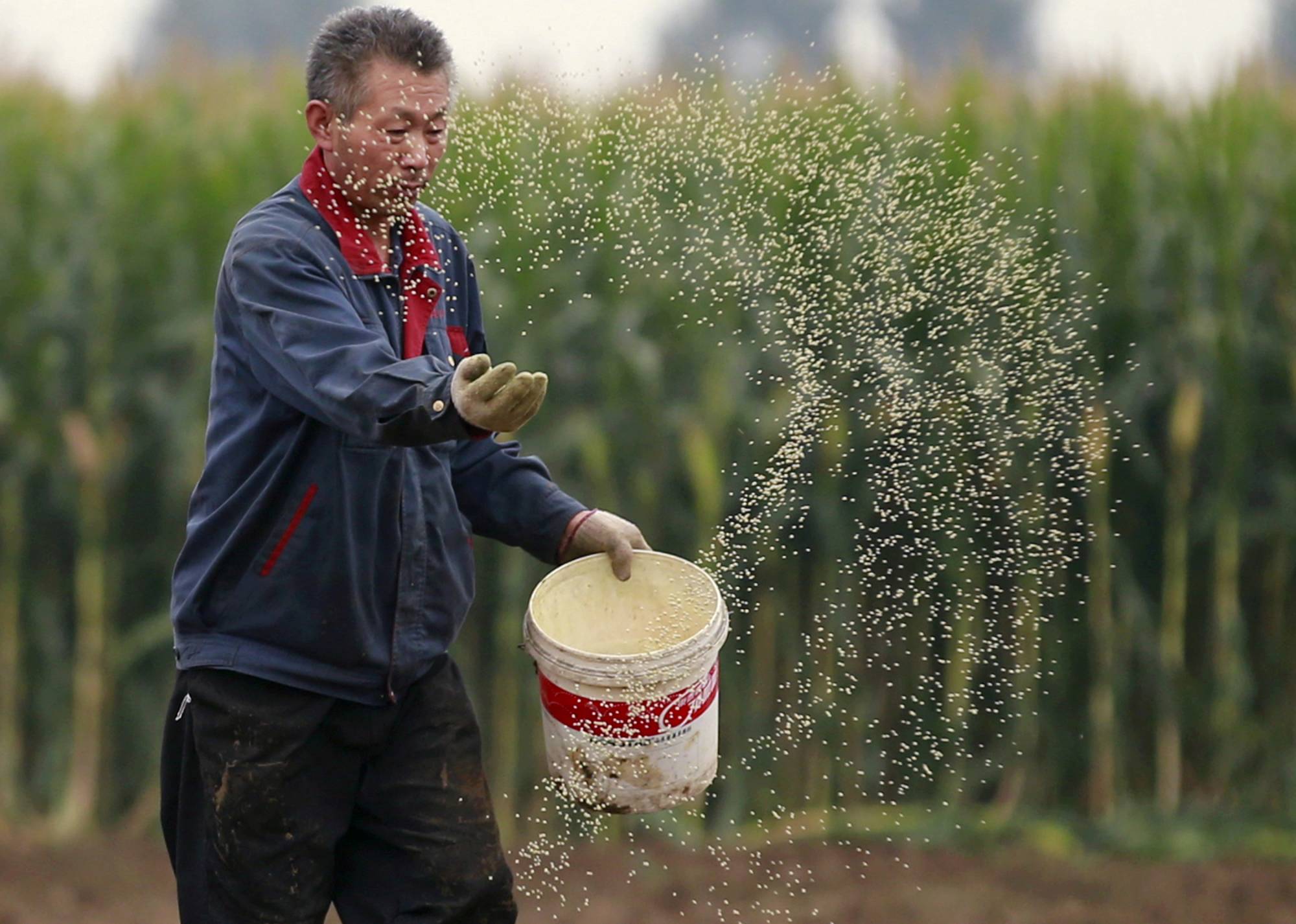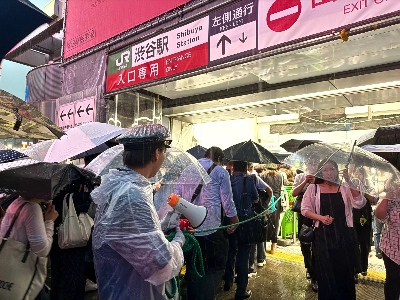In one of his first actions as supreme leader, Chairman Mao Zedong sent tens of thousands of soldiers and educated youth into China’s northeastern provinces with a mission: raze the forests and replace them with houses and farms, cultivating a granary that would nourish a billion people for decades.
The campaign was a success. The black soil region became critical to feeding the growing population, and in the following decades, the demand for arable land also grew. In the ten years from 1990 to 2000, for example, the three provinces of northeast China added 2 million hectares of farmland, and today, the northeast region generates as much as 50% of China’s japonica rice crop, 41% of its soybeans and 34% of its corn.
But the expansion of farmland has come at the expense of millions of hectares of forest, grassland and wetlands, and the increasing exposure to wind and rain has led to erosion. In the 1950s, the soil was so rich "a pair of chopsticks would sprout in it,” locals said. Now the organic matter in the soil has fallen by as much as 75%, and in some areas, the black soil layer is decreasing by 1 to 2 millimeters a year.



















With your current subscription plan you can comment on stories. However, before writing your first comment, please create a display name in the Profile section of your subscriber account page.